A Complete 8-Step Guide To Renting Out Private Property Without An Agent – Singapore
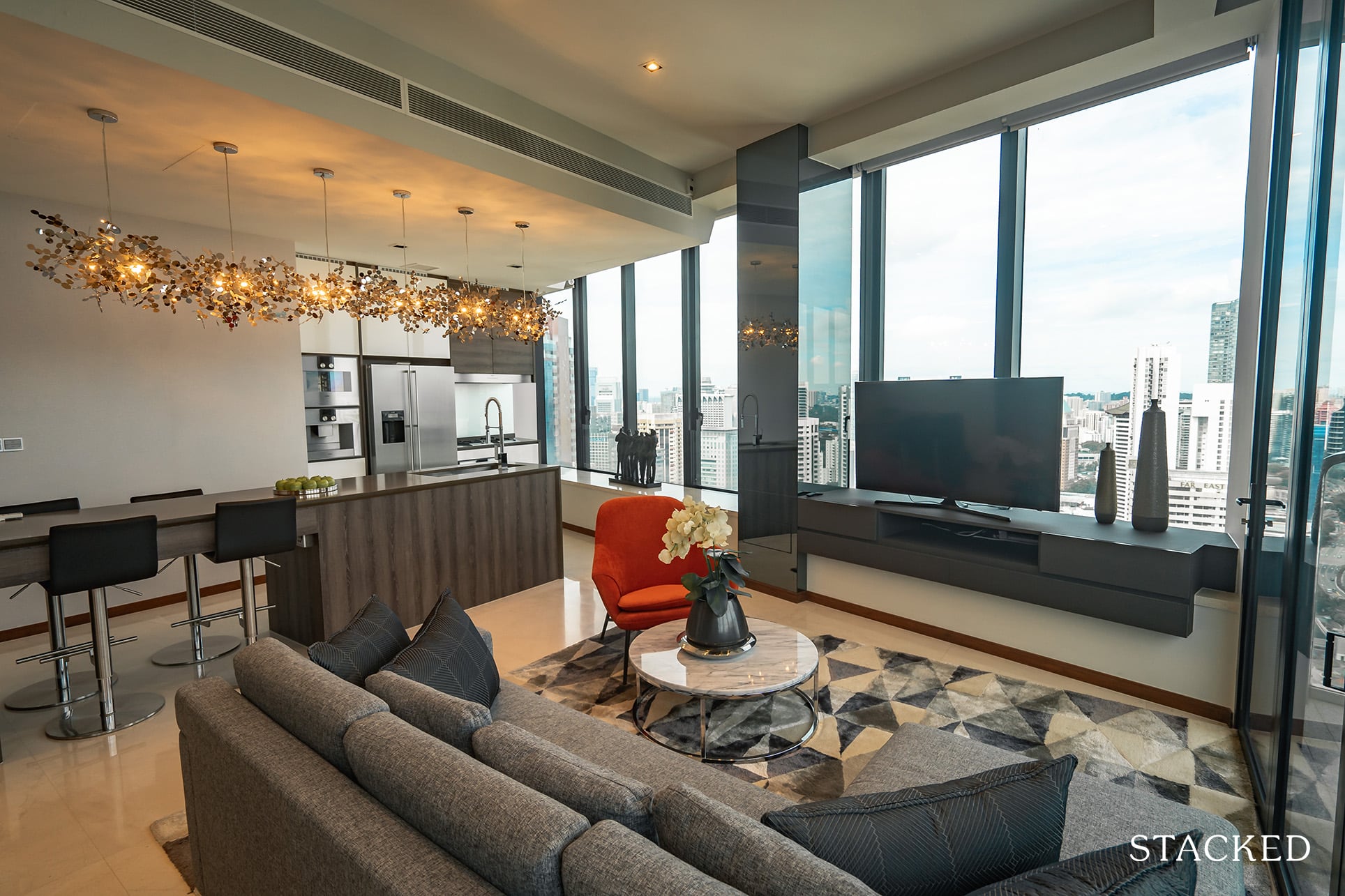
Get The Property Insights Serious Buyers Read First: Join 50,000+ readers who rely on our weekly breakdowns of Singapore’s property market.
A seasoned content strategist with over 17 years in the real estate and financial journalism sectors, Ryan has built a reputation for transforming complex industry jargon into accessible knowledge. With a track record of writing and editing for leading financial platforms and publications, Ryan's expertise has been recognised across various media outlets. His role as a former content editor for 99.co and a co-host for CNA 938's Open House programme underscores his commitment to providing valuable insights into the property market.
Sometimes, landlords of private residential properties are forced to trade time for money. This might mean marketing their own property and investing the time needed to locate their own tenants. Maybe you feel it’s time to try your hand at it, or you’re just curious about what it takes. Whatever your reasons, here’s the primer on what you need to know about renting private properties:
Caveat:
If you are a first-time landlord of an HDB or private property, we strongly advise that you use a realtor; at least the first time around.
This is partly to minimise the risk of fines and scams, but the other big reason is speed. It can take a while to muddle through the paperwork (e.g., drafting the Letter Of Intent, Tenancy Agreement, background checks, and so forth).
The longer you take to find a tenant, the more rental income you lose.

Step 1: Know the eligibility requirements for your property
For an HDB flat
You must have met the five-year Minimum Occupancy Period (MOP) before you can rent out the entire flat. Otherwise, you can only rent out individual bedrooms* in the flat.
Your flat must be 3-room or larger to rent out rooms. In addition:
- The occupancy cap for 4-room and larger flats is six persons
- The occupancy cap for 3-room flats is four persons
- The occupancy cap for 2-room flats (assuming you’ve met the MOP and can rent out the whole unit) is four persons.
The minimum lease for HDB flats is six months.
For a private property
You’re free to rent out from the moment the property receives the Temporary Occupancy Permit (TOP). Unlike with HDB, the minimum lease is also shorter in the case of private properties – three months instead of six.
The occupancy cap for private properties is six unrelated tenants. This is regardless of your property size. The occupancy cap for a 900 sq. ft. condo unit is six, and the cap for a 5,000 sq. ft. bungalow is also six (we don’t know why either).
Do note that domestic helpers count as part of the family and don’t count as being “unrelated”.
*The term “bedroom” is absolutely literal. You cannot rent out the kitchen or living room, nor can you partition off an area and call it a bedroom. You can rent out only bedrooms as designated by HDB in your actual floor plan.
Step 2: Know who is eligible to rent your property
You can freely rent to Singapore Citizens and Permanent Residents, subject to the other conditions above. For foreigners, they must possess at least one of the following:
- Long-term social visit pass
- Student pass
- Work Permit
- S-Pass or another employment pass
You need to verify the records of your tenants, so be sure to scan or photocopy any such documents. The required records can be found on the ICA and MOM websites, and schools will be able to verify student passes.
Further restrictions for HDB flats
Work permit holders from the maritime, construction, and process sectors must be Malaysian. Work permit holders from the manufacturing sector must be Malaysian if they are renting out the whole flat.
Tenants cannot also be tenants in a public rental flat (i.e., someone already renting a studio apartment from HDB cannot also rent your flat), and they cannot be HDB flat owners themselves.
The exception is if they’re divorced (even then, only one member of the former couple can rent the unit; they can’t rent it together), or if they rent out their own flat within one month of renting yours.
Your tenant cannot be the owner of an Executive Condominium (EC) where the five-year MOP has not been met (this means people waiting for their EC to be built cannot rent your flat).
If a company is trying to rent your property for their employees, the specific employees must meet the conditions above. Do check the documents for each of the employees.
We advise against simply trusting tenants to provide their documents – if they give you forgeries, you’re still responsible if they get caught. Always check with ICA or MOM, and verify the documents you’re given.
At the time of writing, the penalty for having illegal tenants in a private property is a fine not exceeding $200,000 (per charge), and jail time not exceeding 12 months.
For HDB flats, you may be fined, or your flat may be confiscated.
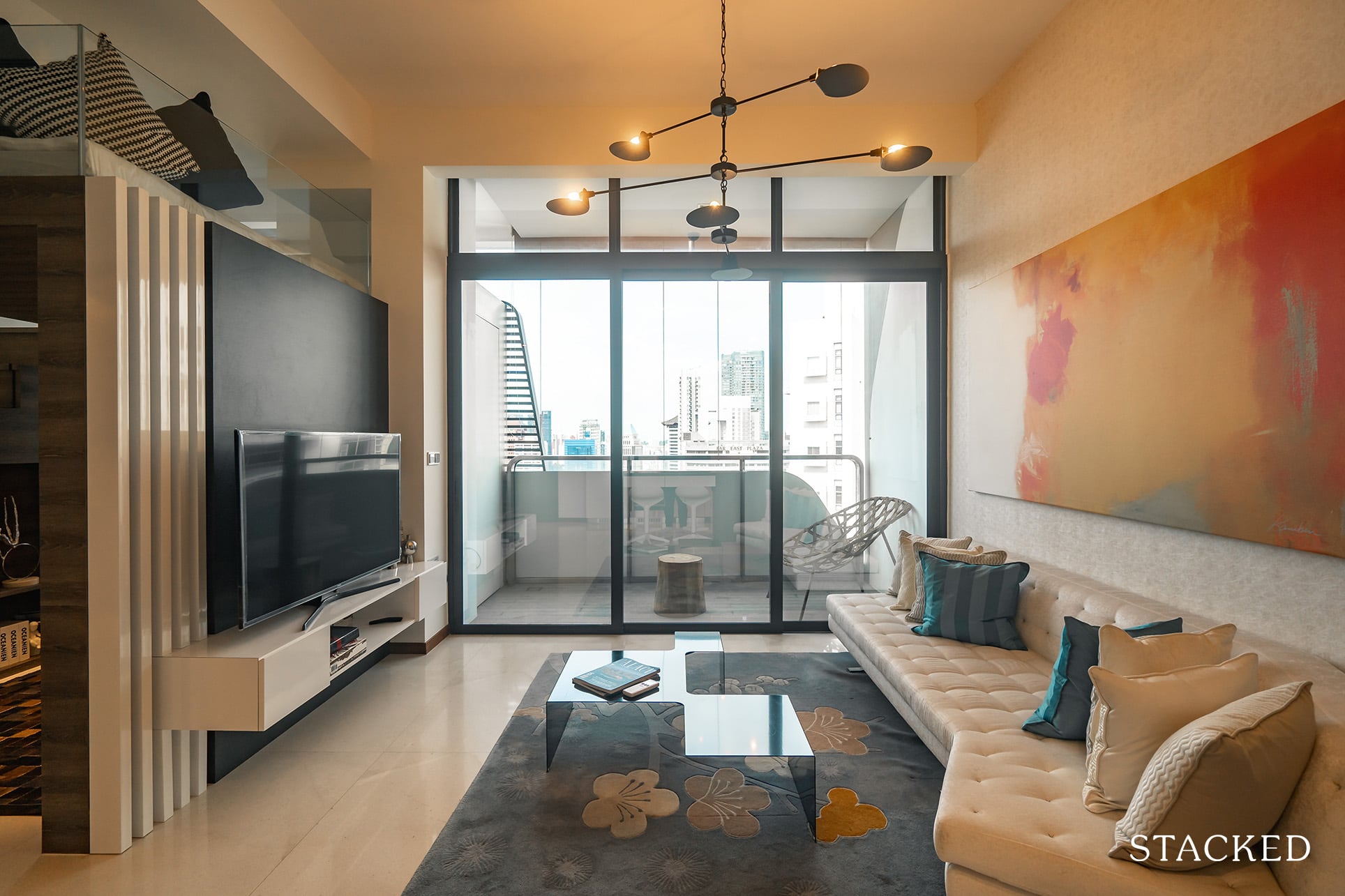
Step 3: Stage your unit, and write up a description
Clean up the property a bit, and take some glamour shots (visit property websites, such as developer websites and show flat pictures to get a sense of the angles and lighting).
Stacked pro-tip: Most of the nicer pictures come from using up lights rather than downlights (shine the light source up at the ceiling with lamps or track lights, rather than use ceiling lights shining down).
Your descriptions should include:
- Square footage (not just “two-room” or “three-room”)
- Floor and facing
- Distance to the nearest MRT station if there is one within walking distance; if not don’t mention it
- Distance to any other key amenities like malls, schools, famous hawker centres, etc.
- Availability (mention if it’s vacant and you can take on tenants straight away)
- Other tenants currently living there (e.g., shared with a quiet family of three)
- Concessions you’re willing to make (e.g., dog and cat owners welcome, or smokers welcome)
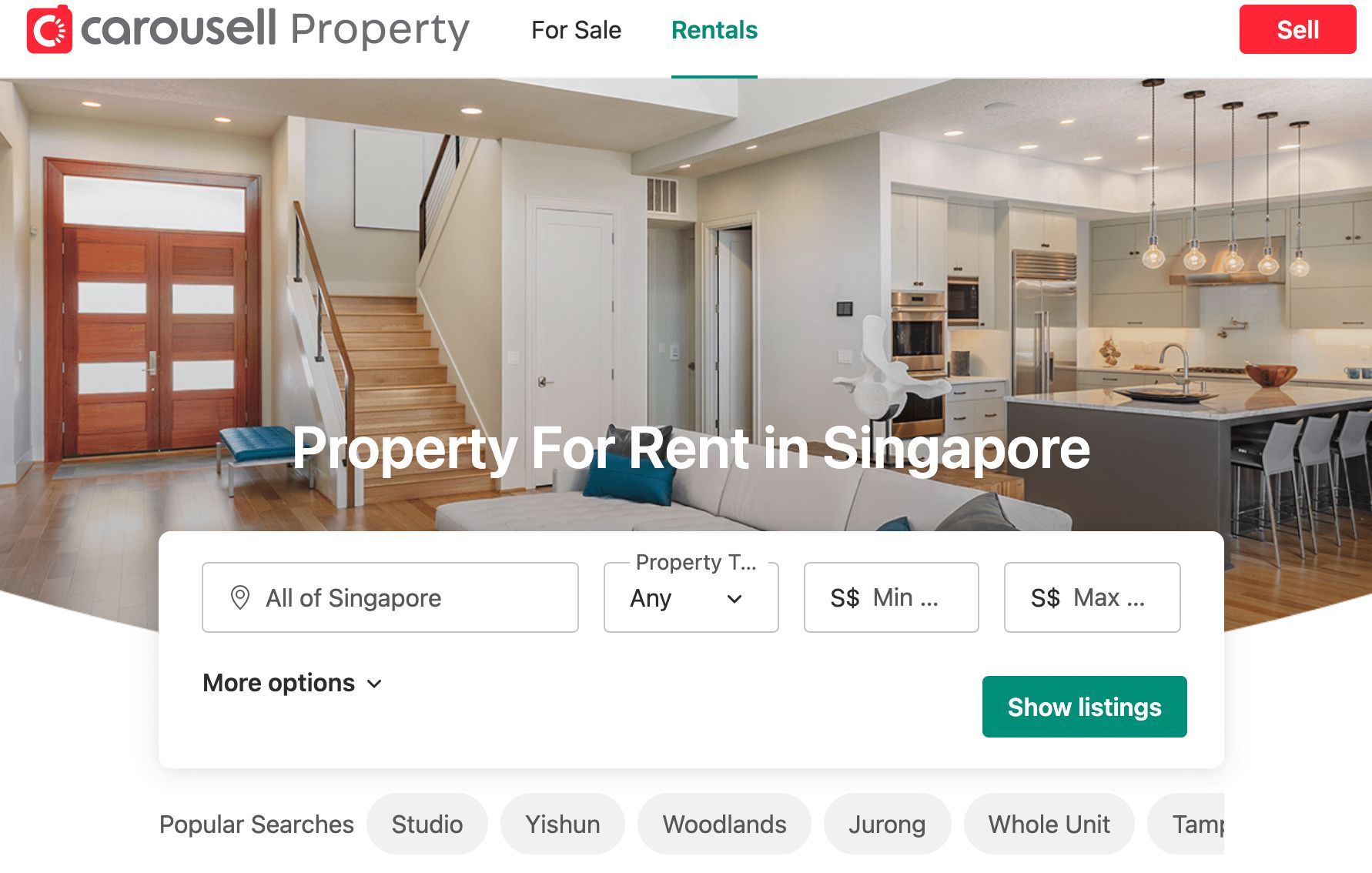
Stage 4: List the unit
This is where things get tricky. Many property portals, like Property Guru, 99.co, and so forth, don’t allow direct listings from landlords; you have to be a realtor to list on them.
As such, you can use platforms such as Carousell, or just put out the message via social media like Facebook, Instagram, various expat forums, etc. Most DIY landlords we know rely on word of mouth – getting friends and relatives to spread the word.
Another alternative is to approach associations, such as student organisations on campus, to spread the word that you’re looking for tenants (but make sure you don’t break any rules about soliciting).
Some landlords get lucky and get a call back within a day or two; others may have to wait a few weeks. There’s no way to tell.
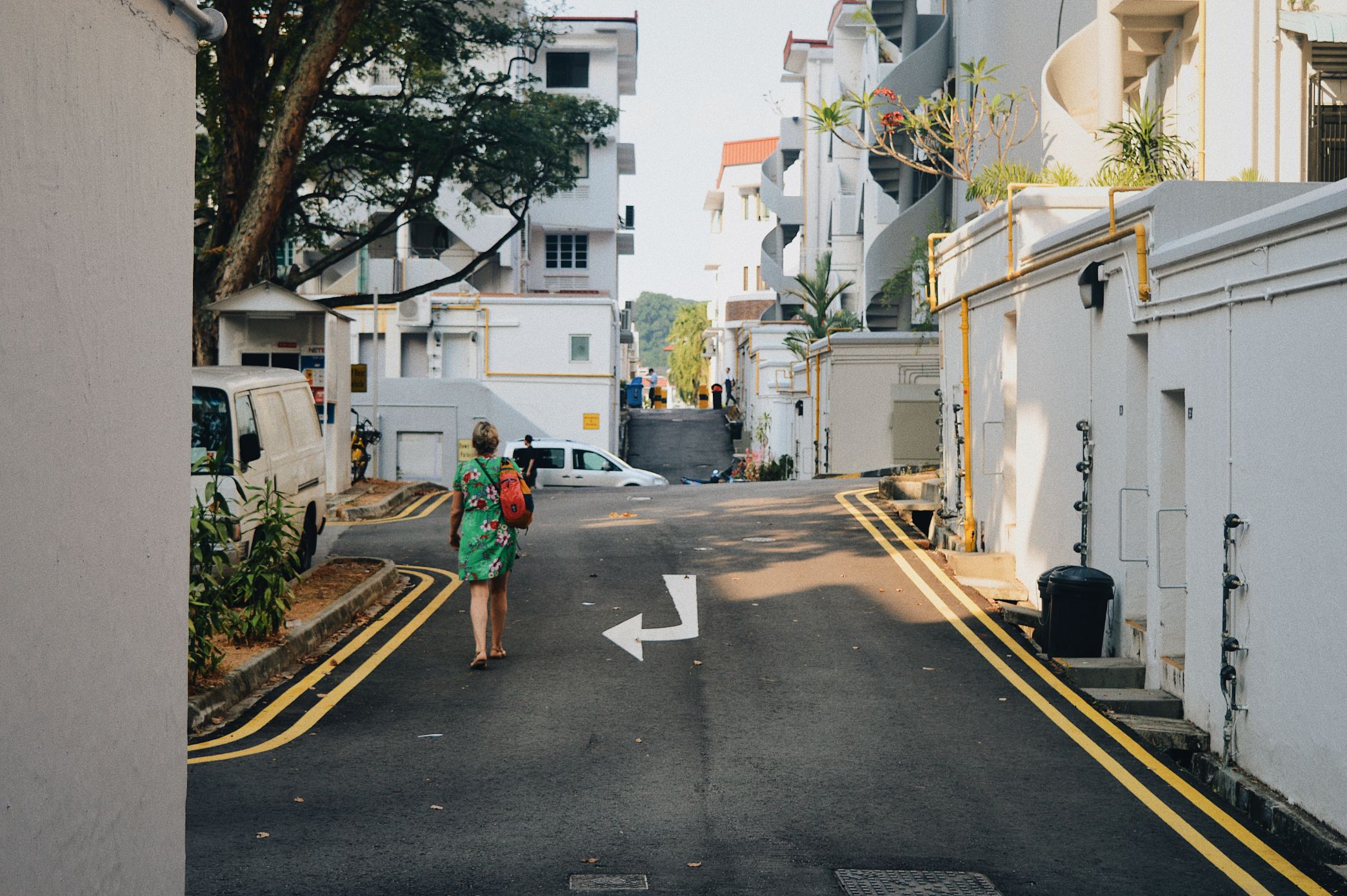
Stage 5: Meet the prospective tenants, handle viewings
This is probably the most time-consuming part of the process, so brace yourself. Tenants will usually want to see the property, and you’ll have to make yourself available. If you’re working, you may want to coordinate with a spouse or trusted family member to handle the viewings.
(But some tenants get suspicious if you’re not there in person).
During the viewings, the tenants may push for certain things, such as asking whether you can repaint a room, provide a study desk, etc. Do note these down; their requests mean some tenants may be more expensive to acquire than others, and you need to calculate if the rental income is still beneficial for you in such a case.
If separate viewings are too difficult, you might try organising an Open House – have a day when you welcome multiple tenants to come and take a look, all at once.
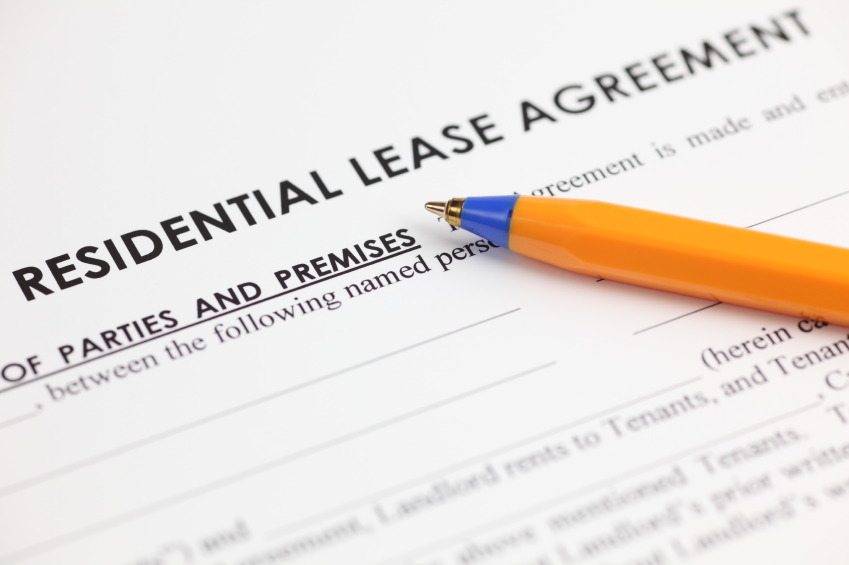
Stage 6: Handle the LOI and the TA
The Letter Of Intent (LOI) is a prelude to the Tenancy Agreement (TA). Note that the LOI is not absolutely necessary – if you and the tenant are willing, you can skip straight to the TA.
The TA is a legally binding document, not an LOI.
The LOI should state:
- Rental price
- Lease dates (exact start and end)
- Names of the landlord and tenants
- Other agreements and promises, such as agreed-upon maintenance work, or allowing pets, smoking, etc.
The LOI is usually – but not always – accompanied by a good faith deposit. This is the same amount as the security deposit and is converted to the security deposit once the TA is signed.
If you’re renting out an HDB flat, you should register the tenant with HDB once the LOI is settled. There’s a fee of $20.
Once the LOI is signed, the TA will usually be sent to the tenant within three days. We strongly advise that you use this template TA provided by CEA. You don’t have to, but it’s a good idea as it’s the most widely used and understood version.
Read through the terms and conditions, and just fill in the details where appropriate.
Under this template, the utility bills go to the tenant, as well as the maintenance of air-conditioners. You may need to tweak this, though, if the tenant doesn’t agree.
For minor repairs, the amount is up to you to fill; but at present, this is usually $150, and it’s what most tenants will expect (this just means that, for minor repairs, tenants will pay the first $150 and you will pay the rest).
The problem-free period for the TA is usually one month.
Once the TA is signed, you can collect the security deposit. This is usually, but not always, one month’s rent for a one-year lease (and two months’ rent for a two-year lease, and so forth).
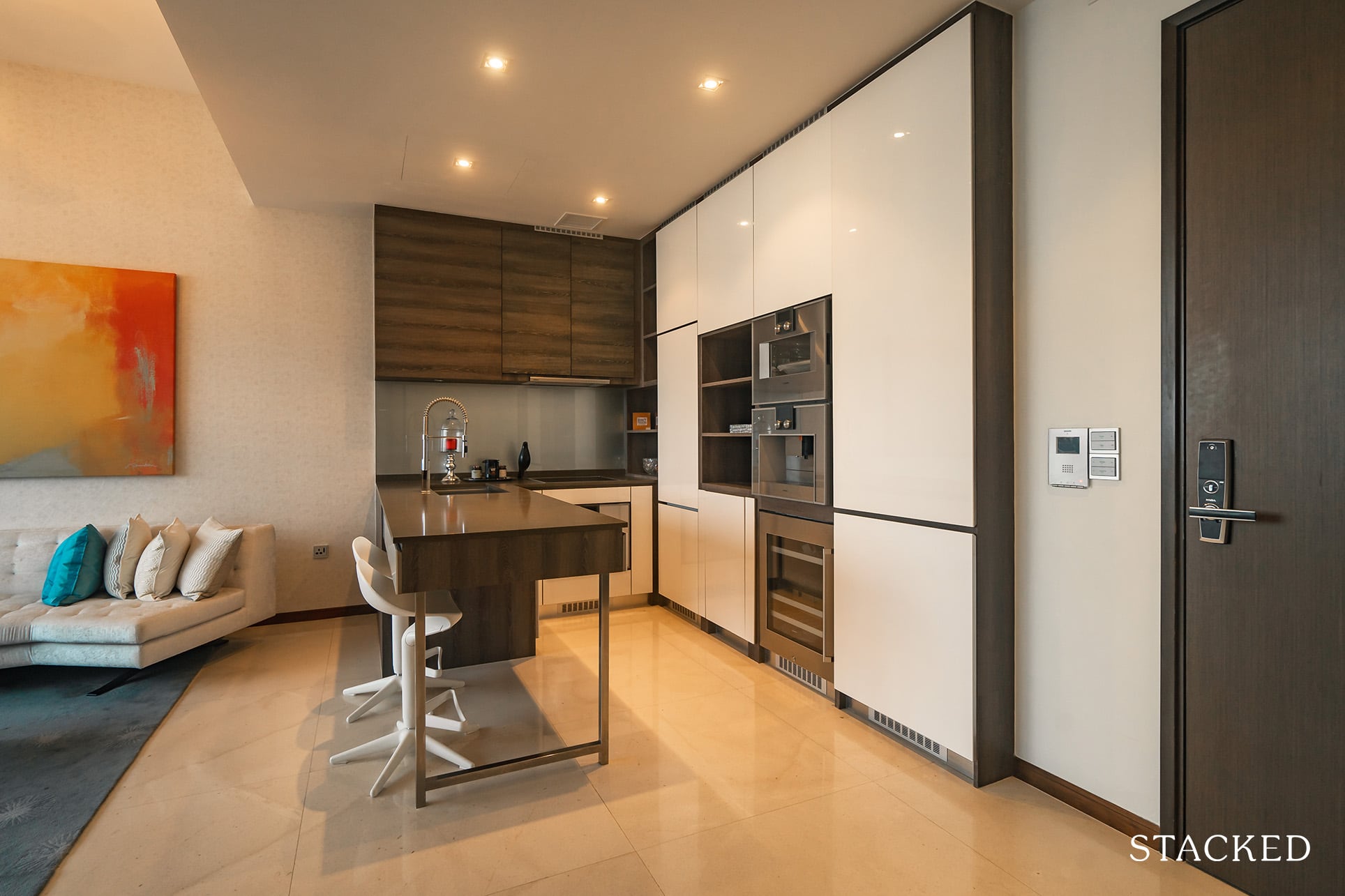
Stage 7: For fully-furnished units, prepare the inventory list and walk-through
The inventory list is just that, a list of all the things in the unit which belong to you (to prevent confusion between your belongings and the tenant’s in the future).
Practically speaking, most landlords will list just valuable items, not literally every last thing. This means appliances, artwork, antiques, and so forth. It’s a good idea to also take pictures of the items to show the state they’re currently in.
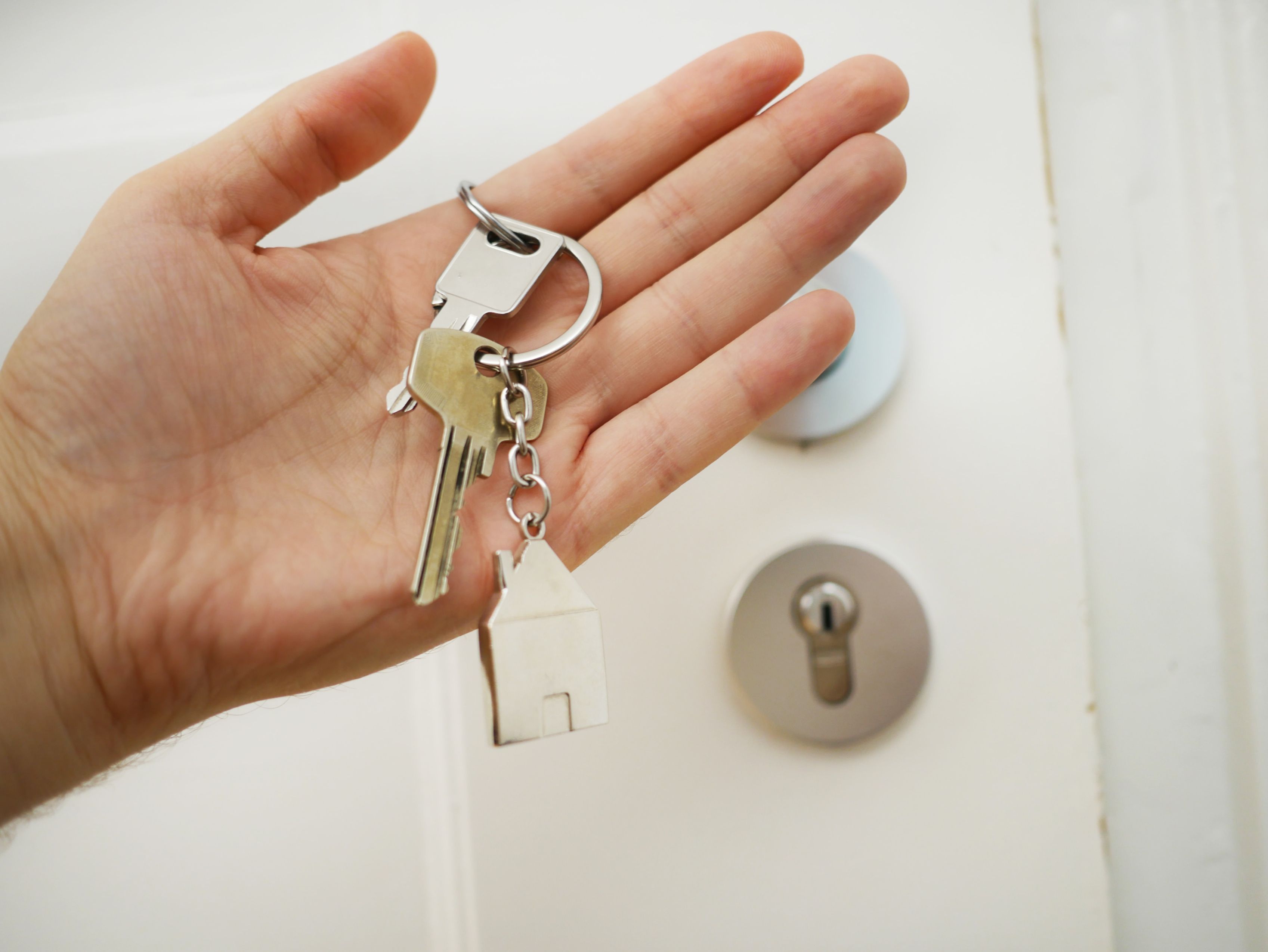
Step 8: Final handover
On the day the tenant moves in, do a final walk-through, and show that the TA conditions have been met (e.g., show where their requested maintenance work has been done).
You should also explain each item on the inventory list and make sure the tenant has a copy.
It’s also good to take photos of the place during the handover and point out scuffs/marks/defects that were already there in the first place – together with the tenant.
Ensure that you have a detailed set of photos taken (you’d thank us later), as this helps once the tenancy is over to prevent unnecessary conflict and a peaceful future handover.
Some other details to remember are:
- Spare keys, and key cards if you rent out a condo
- Telling the tenant where to send your mail, if it ends up in their mailbox
- The list of plumbers, locksmiths, and other contractors that you prefer they call in emergencies
We suggest you make prior arrangements to check on the unit every quarter or every six months.
The Bottom Line
That’s most of what you need to know. Beyond this, it’s a combination of common sense and experience to handle issues like disputes between tenants or lease-breakers. For more help and information on tenancy issues, you can follow us on Stacked.
We are a team of real estate experts who are really passionate about their work and experienced in the field. On our website, you can find a lot of useful advice on renting, selling, or buying properties. We are constantly up to date with what is happening in the real estate market and with legal changes that may affect it.
If you’d like to get in touch for a more in-depth consultation, you can do so here.
Have a real estate question, or not sure what your options are? Email us at stories@stackedhomes.com.
Ryan J. Ong
A seasoned content strategist with over 17 years in the real estate and financial journalism sectors, Ryan has built a reputation for transforming complex industry jargon into accessible knowledge. With a track record of writing and editing for leading financial platforms and publications, Ryan's expertise has been recognised across various media outlets. His role as a former content editor for 99.co and a co-host for CNA 938's Open House programme underscores his commitment to providing valuable insights into the property market.Read next from Property Advice

Property Advice Should We Buy An Old 99-Year Leasehold Condo To Live In: Will It’s Value Fall When The Lease Runs Out?

Property Advice We Own A $800K 1-Bedder And A $1.1M 3-Bedder: Is It Possible To Upgrade To A 4-Bedder Condo?

Property Advice I Own A 55-Year-Old HDB Flat, But May Have To Sell — Can I Realistically Buy A Freehold Condo With $700K?

Property Advice We Own A 2-Bedder Condo In Clementi: Should We Decouple To Buy A Resale 3 Bedder Or Sell?
Latest Posts

Pro How A 625-Unit Heartland Condo Launched In 2006 Became One Of 2025’s Top Performers

Property Investment Insights Does Buying A One-Bedroom Condo Still Make Sense As An Investment In 2026

Property Market Commentary Why This Once-Ulu Town In Singapore Is Going To Change (In A Big Way)

Singapore Property News This HDB Just Crossed $1.3M For The First Time — In An Unexpected Area

Singapore Property News “I Never Thought I’d Be Sued by a Tenant.” What Long-Time Landlords in Singapore Miss

Property Market Commentary I Lived In Bayshore When It Was ‘Ulu’. Here’s How Much It Has Changed

Singapore Property News HDB Resale Prices Finally Slowed in 2025 — Will It Continue in 2026?

Singapore Property News Breaking News: District 23 Condo Sells Out In Under Two Years At $2,120 Psf Average

On The Market Here Are The Cheapest 3-Bedroom Condos in Central Singapore You Can Still Buy From $1.15M

Property Market Commentary Why The Singapore Property Market Will Be Different In 2026 — And It’s Not Just About Prices

Editor's Pick 2025 Year-End Review Of The Singapore Property Market: What The Numbers Reveal

Pro This 21-Year-Old Condo Didn’t Sell Out Initially, Yet Became A Top Performer

Editor's Pick How The HDB Resale Market Performed In 2025, And What It Means For 2026 Prices

Editor's Pick 4 Key Trends Reshaping Singapore’s New Launch Condo Market In 2026

Editor's Pick What I Only Learned After My First Year Of Homeownership In Singapore



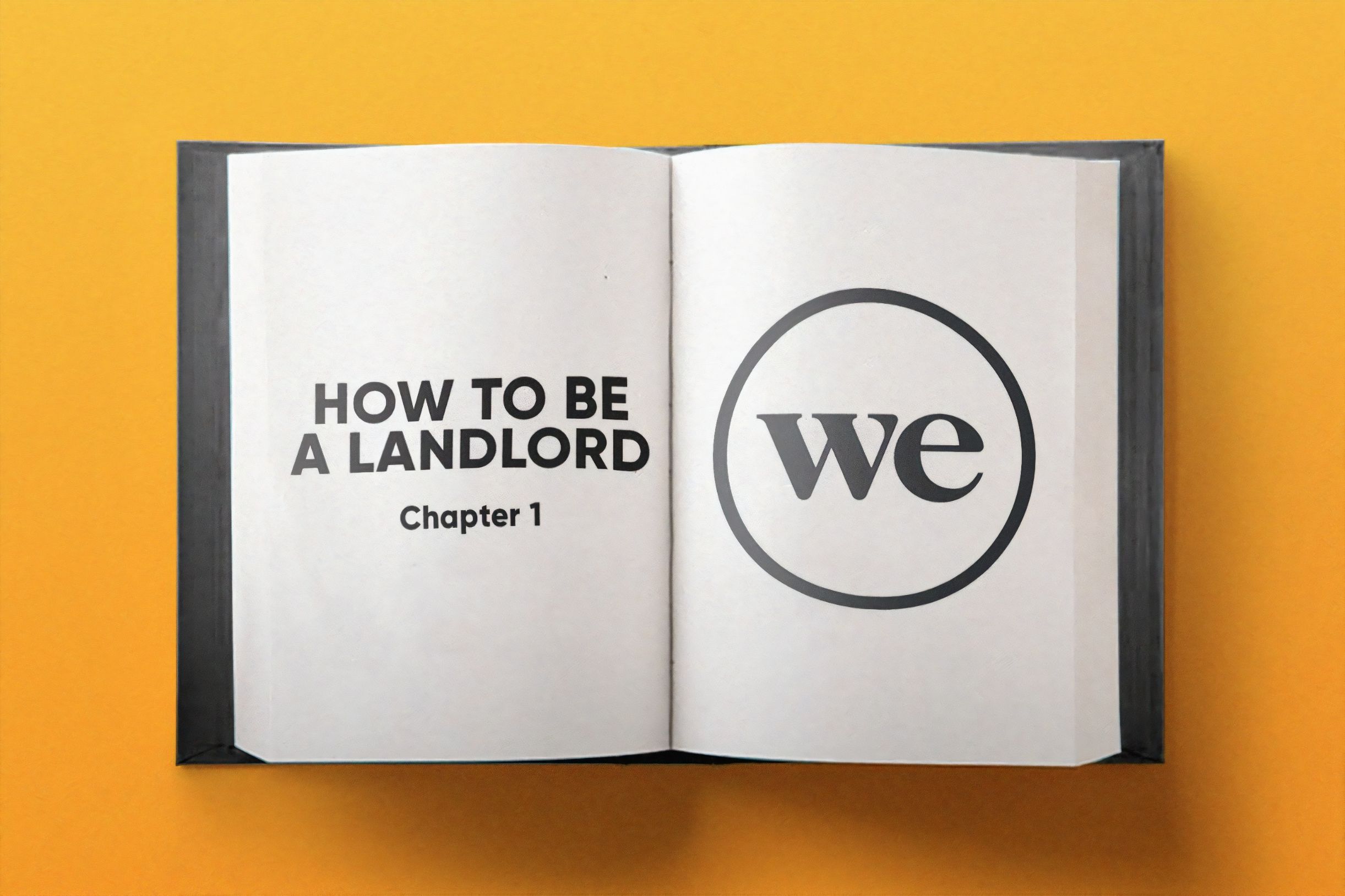
can a landlord DIY with these 8 steps?
how about for an existing tenancy which is about to end , but tenant just requires a 1 yearextension? would that it just from step #6 onwards?
heya, just to note, i think the occupancy cap for a three-room hdb flat is now six unrelated folks? thanks!